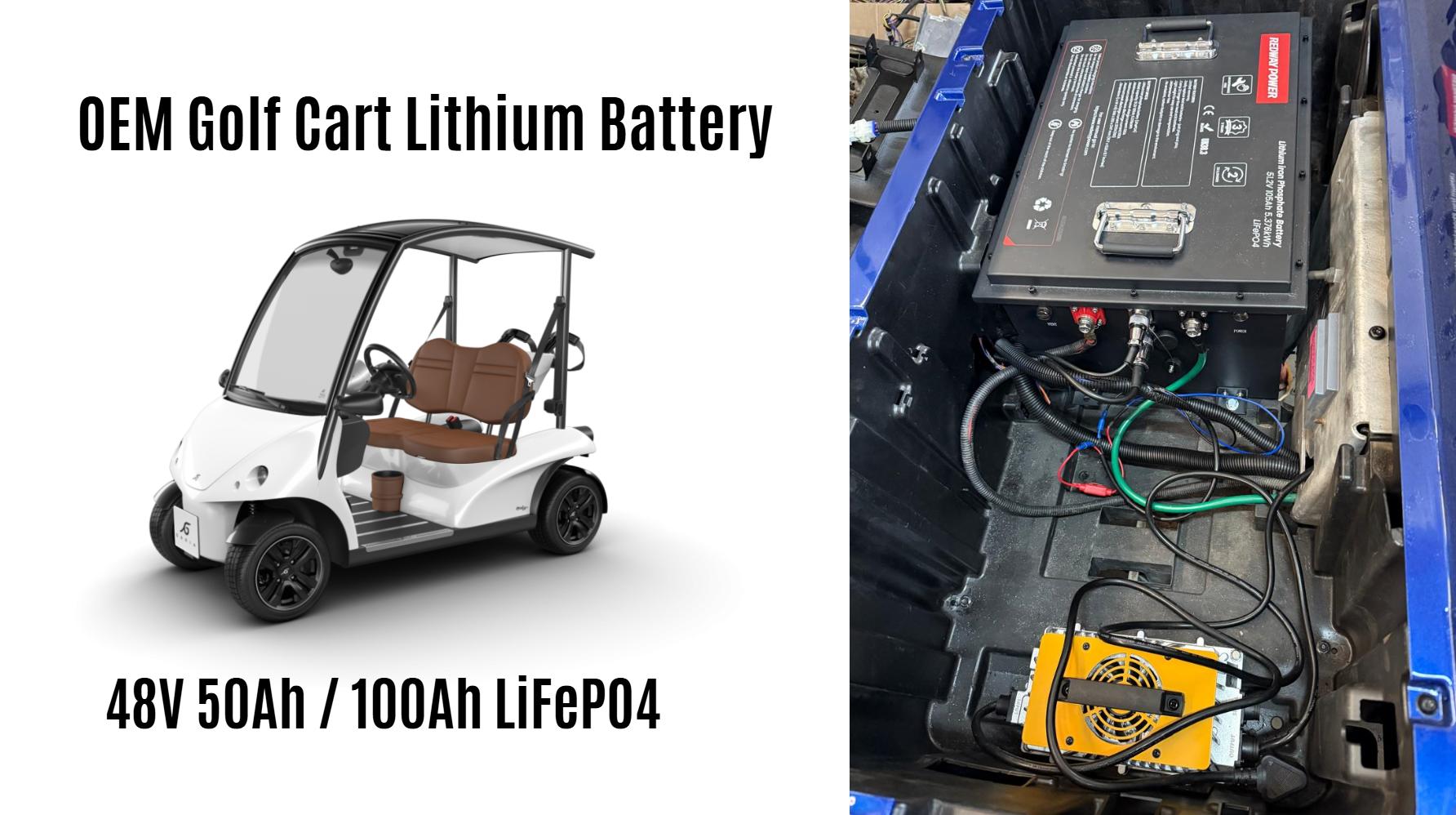What Does the Future of Warehousing Look Like in 2024 and Beyond
The future of warehousing will be defined by automation, AI-driven systems, and sustainable practices. Smart warehouses will leverage robotics, IoT sensors, and real-time data analytics to optimize inventory management and reduce operational costs. Climate-resilient designs and renewable energy integration will dominate, while workforce upskilling becomes critical to manage advanced technologies. Hybrid fulfillment models will bridge e-commerce demands with last-mile efficiency.
How Is Automation Reshaping Modern Warehousing?
Automation integrates robotic picking systems, autonomous mobile robots (AMRs), and AI-powered sorting algorithms to accelerate order fulfillment. Companies like Amazon deploy 24/7 robotic fleets that reduce human error by 65%. Automated storage and retrieval systems (AS/RS) optimize vertical space, cutting storage costs by 40%. However, hybrid human-robot collaboration remains essential for complex decision-making tasks.
Recent advancements include tactile robotics capable of handling fragile items and machine vision systems that inspect packages for damage. Ocado’s automated grid system processes 3.5 million items daily with 99.9% accuracy, while Symbotic’s AI-powered robots achieve 1,400 picks per hour. Companies are also experimenting with swarm robotics for peak season scalability, where hundreds of synchronized robots can expand throughput by 300% during holiday rushes.
| Technology | Cost Reduction | Accuracy Improvement |
|---|---|---|
| AMRs | 25-40% | 98.5% |
| AS/RS | 30-50% | 99.2% |
| AI Sorting | 18-35% | 97.8% |
What Role Does Sustainability Play in Future Warehousing?
Sustainable warehousing focuses on net-zero energy consumption through solar panels, rainwater harvesting, and biodegradable packaging. Over 75% of new warehouses now use LED lighting with motion sensors, reducing energy use by 50%. Companies like IKEA prioritize circular supply chains, where 90% of warehouse waste is recycled. Carbon footprint tracking software is now mandatory for ESG compliance in global logistics.
Emerging innovations include hydrogen fuel cells for material handling equipment and mycelium-based insulation replacing polystyrene. Prologis recently unveiled warehouses with living roofs that reduce urban heat island effects by 4°C. The EU’s Warehouse Energy Performance Certificate program mandates 40% on-site renewable generation by 2026. Third-party logistics providers now compete on sustainability metrics – DB Schenker’s carbon-neutral warehouses achieved 100% renewable power through wind-PPA agreements.
How Will AI and Machine Learning Transform Inventory Management?
AI predicts demand fluctuations with 95% accuracy using historical sales data and weather patterns. Machine learning algorithms auto-replenish stock, minimizing overstock scenarios by 30%. Walmart’s AI system reduces out-of-stock incidents by 80% through real-time shelf monitoring. Blockchain-integrated AI also combats counterfeit products, ensuring 99.9% inventory authenticity across decentralized supply chains.
Why Is the Workforce Evolution Critical for Next-Gen Warehouses?
By 2025, 60% of warehouse roles will require IoT or robotics proficiency. Upskilling programs in drone maintenance and cobot programming are now industry standards. DHL’s “Certified Tech Specialist” course reduced employee turnover by 45%. Mental health initiatives also rise, as 70% of workers report lower stress levels in automated, ergonomic environments.
Can Last-Mile Delivery Innovations Solve Urban Warehousing Challenges?
Micro-fulfillment centers in urban hubs slash last-mile delivery times to under 2 hours. Autonomous delivery drones and e-bikes bypass traffic, cutting emissions by 25%. UPS’s smart lockers in apartment complexes reduce failed deliveries by 55%. However, zoning laws and noise regulations remain hurdles for 24/7 urban warehouses.
How Does Blockchain Enhance Transparency in Warehousing?
Blockchain creates immutable records for every inventory movement, reducing disputes by 90%. Maersk’s TradeLens platform cuts documentation time by 40% via smart contracts. Suppliers and retailers access real-time data on cargo conditions, ensuring compliance with safety standards. This system also deters theft, with pilferage rates dropping by 33% in pilot projects.
Expert Views
“The warehousing sector is undergoing a seismic shift. By 2030, warehouses will function as self-healing ecosystems—AI predicts equipment failures before they occur, drones perform rooftop solar panel repairs, and carbon-negative materials replace traditional steel frames. The key challenge is balancing automation with human creativity to solve unforeseen supply chain disruptions.”
Conclusion
The future of warehousing hinges on adaptive technologies and eco-conscious strategies. From AI-driven automation to blockchain-enabled transparency, these innovations will redefine speed, accuracy, and sustainability. Companies that invest in workforce development and climate-resilient infrastructure will lead the next era of global logistics.
FAQ
- Will robots replace all warehouse jobs?
- No. While robots handle repetitive tasks, humans will manage AI systems, maintenance, and complex problem-solving. The U.S. Bureau of Labor Statistics forecasts a 12% growth in tech-focused warehouse roles by 2032.
- How do smart warehouses reduce energy costs?
- Smart warehouses use IoT-enabled HVAC systems, solar power, and energy-efficient robotics. These measures can cut energy expenses by up to 60%, per McKinsey reports.
- What is a micro-fulfillment center?
- Micro-fulfillment centers are compact, automated warehouses located in urban areas. They enable faster order processing and delivery, often within 1-2 hours, by reducing distance to end consumers.

